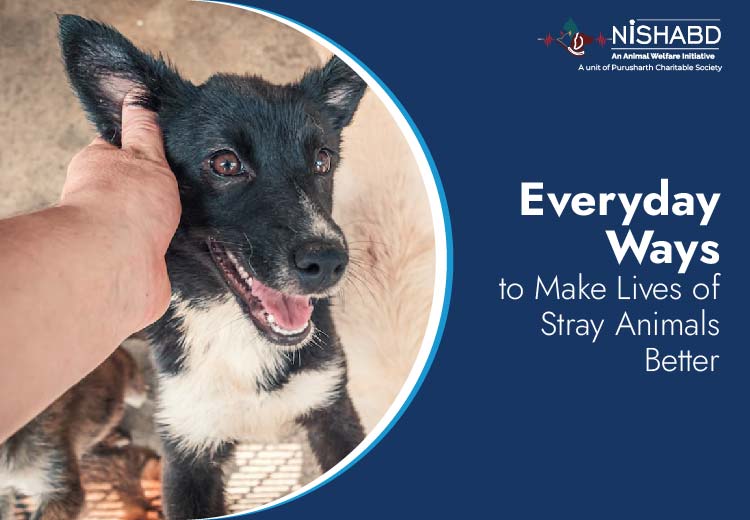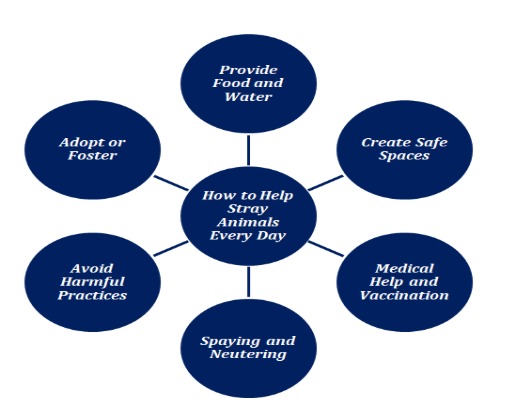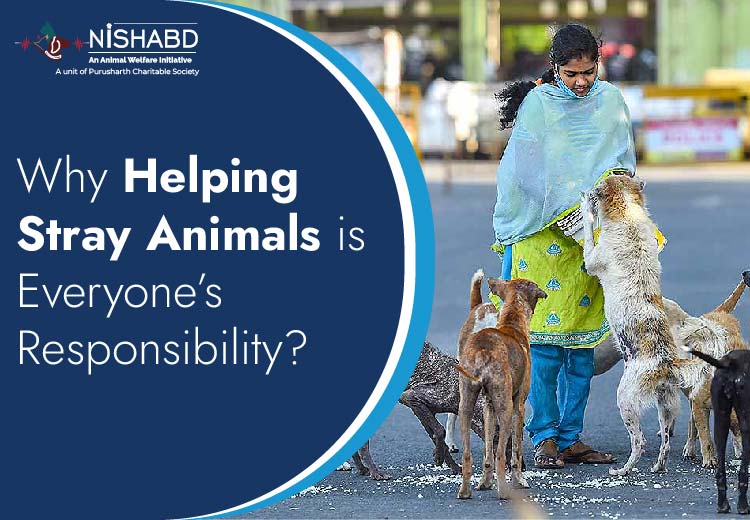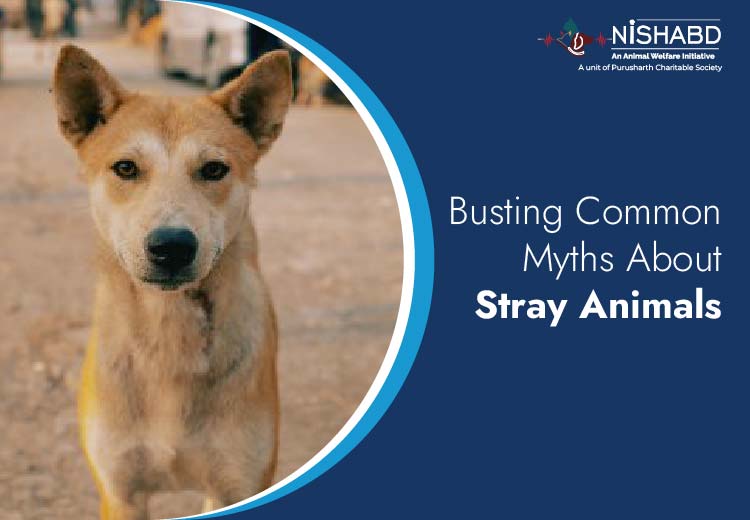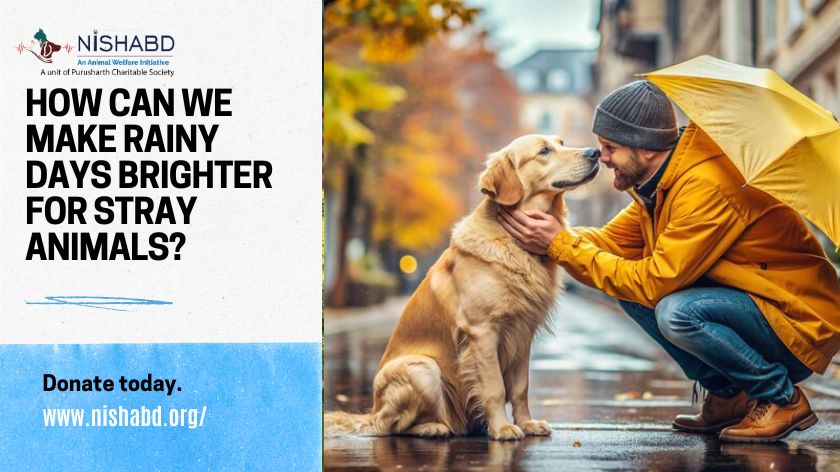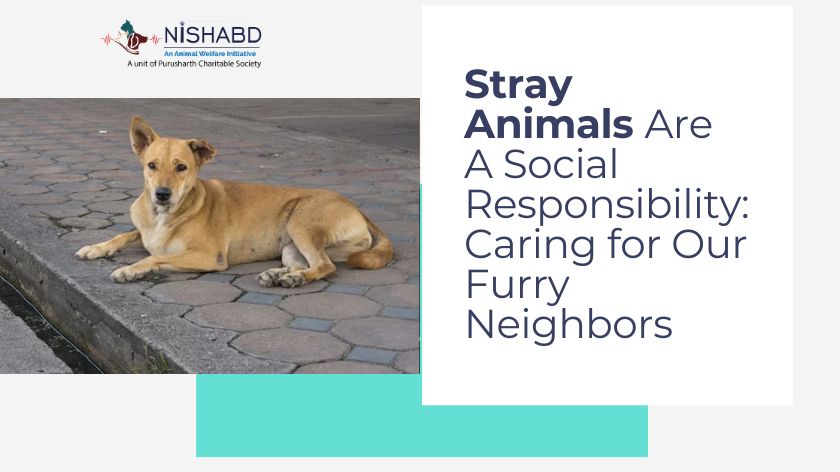Stray animals, particularly stray dogs, face many difficulties every day. They struggle to find food, water, and a secure place to sleep. Harsh weather, accidents, and diseases make life even harder for them. While we enjoy the comforts of our homes, many stray animals survive on the streets, looking for love and care. It is our responsibility as humans to help them in small, everyday ways.
Helping stray animals does not always mean big actions; even small steps can make a huge difference in their lives. By understanding their needs and acting with compassion, we can ensure they stay safe, healthy, and happy.
How to Help Stray Animals Every Day
- Provide Food and Water
One of the easiest methods to help stray animals in need is to feed them along with clean, fresh water. Keep small bowls outside your house or in the area of your work for stray dogs and other animals. Even leftover food from your meals, when safe, can provide nourishment. Be consistent. Animals start trusting humans when they feel safe regularly.
- Create Safe Spaces
Stray animals often look for shelters during heavy rains or in extreme temperatures. A small shelter, like a small box or an elevated platform, can help keep them dry and secure. A lot of communities also have shelters for strays where they are protected from the harsh weather.
- Medical Help and Vaccination
Stray animals may get sick due to infection or injuries. They can also be ill due to parasites, infections, or even injuries. If you see an animal that’s injured or weak, you should contact a dog NGO in Noida or your local vet. Regular vaccinations and medical care can prevent serious diseases and save lives.
- Spaying and Neutering
In controlling the number of stray animals, it is essential for both the animals and humans. Dog NGO in Noida frequently organize spaying and neutering programs for stray animals. By supporting these efforts, you can help reduce overcrowding and create healthier communities for humans and animals.
- Avoid Harmful Practices
Do not injure, chase, or throw stones at stray animals. Aggressive behavior could make them nervous or even angry. Instead, keep calm and avoid doing anything that might make them feel stressed or hurt. Simple gestures such as letting them eat safely or giving them space can be helpful.
- Adopt or Foster
If you can, think about adopting a dog that has been abandoned or providing temporary foster homes. Adoption can provide stray dogs with a permanent home, whereas foster care helps the animals recover from injury or illness before finding a suitable family. Helping neighbors or friends adopt stray animals is a major step towards a better future.
Nishabd – A Unique Dog NGO in Noida
Nishabd is a great dog NGO in Noida among the many organizations dedicated to animal welfare. The thing that makes Nishabd different is the way it handles helping stray animals. They organize regularly scheduled food drives. They run regular food drives, provide medical care, and organize community awareness programs to teach people how to help stray animals safely.
Nishabd also concentrates on rehabilitation and gives homeless dogs the opportunity to live a happy and healthy life through either finding them permanent homes or by providing foster care. Their work proves that consistent, organized actions can create a significant impact on the lives of stray animals.
Everyday Habits That Make a Difference
Helping animals in need can be an everyday part of life. Here are some basic habits that anyone can adopt:
- Keep a small container of water outside in the monsoon and summer season.
- Feed stray animals in secure areas away from roads.
- Avoid leaving plastic or harmful waste where stray animals roam.
- Support local dog NGOs in Noida with donations or volunteering time.
- Teach children and their friends the importance of treating animals with kindness.
Small gestures like a simple greeting to the dog or offering a temporary shelter can improve their lives. As time passes, these simple actions create a more loving atmosphere for all pets.
Every small action counts. Feeding a stray dog, providing water, volunteering at a dog NGO in Noida, or simply showing kindness can change the life of a stray animal. Together, we can create a world where stray animals feel safe, loved, and cared for. Every effort, big or small, helps these voiceless creatures live a better, happier life.
FAQs
Q1: How can I safely feed stray animals?
Place food and water in a quiet, safe spot where they can eat without fear. Avoid sudden movements and loud noises.
Q2: Are dog NGOs in Noida helpful for injured stray dogs?
Yes, organizations like Nishabd provide medical care, vaccination, and shelter for stray dogs and other animals.
Q3: Can I help stray animals without adopting them?
Absolutely! You can feed them, provide water, offer temporary shelter, or support NGOs that care for strays.
Q4: Why is spaying and neutering important for stray dogs?
It helps control the stray population, reduces the risk of diseases, and ensures a healthier life for both animals and communities.
Q5: What should I do if I see a stray dog injured on the street?
Contact a local dog NGO in Noida or a veterinarian immediately. Avoid handling them roughly; keep a safe distance while helping.

